How to Build, Start, & Grow Your First Vegetable Garden in the Suburbs AND Keep Out the Pests
Work with the Space You Have
Growing up in a rural community, we never lacked space for an amazing garden. Our one-acre plot was very fertile, boasting healthy soil beds that produced an abundant harvest of fruits, vegetables, and flowers. Our garden spanned nearly the full length of our property, and I can still imagine the sight of my dad wrestling his tiller between the rows.
I loved running to the garden to snap cucumbers, squash, green peppers, and tomatoes from their vines so my mom could include them in her plans for dinner. I especially loved when she turned our tender lettuces into mouth-watering wilted lettuce. What we couldn't eat was frozen or canned to sustain us through the winter months. That garden saved our blue-collar family a lot of money back in the 1980's.
I've never fully adjusted to life in the suburbs. Everything we need is within a 5-10 minute jaunt, but the convenience will never compensate for being confined to such a tiny parcel of land.
Still, we all must make do with our lot in life--pun intended.
When grocery shelves became shockingly empty during the peak of the COVID pandemic and shortages followed as the supply chain struggled to stabilize, you may have realized what a smart idea it would be to grow some of your own food.
How do you cultivate a decent garden when you are living on a postage stamp? Maybe, like us, your soil is hard and clay-like, making you question whether anything would even grow.
First, your garden will need to have the right amount of sunshine. Most vegetables need at least six hours or more of full sunlight. If a plant requires only partial sun, it will still need a minimum of 2-4 hours of direct exposure. This means if your suburban lot is filled with trees and your small yard is mostly shaded, a garden won't be feasible. Instead, you would be relegated to growing a few vegetables in pots and positioning them in the areas they can catch sufficient rays.
If the section of your lawn that receives the most sunlight is in the front, you're in trouble. Neighbors will frown and city ordinances might prohibit vegetable gardens in your front yard. Suburban gardens are like mullets--flower business is for the front and the veggie party happens in the back.
Let's assume you are fortunate enough to have a backyard that will receive the appropriate amount of sun. Do you have enough space?
We started with a 12' x 12' garden, which is sufficient if you're only planning to grow a few things. We found it isn't big enough for our family of four, so we are expanding this year by adding six extra feet to each end. It still won't be big enough for all we'd like to grow, but if you have kids, they need space to play.
Living in the suburbs means your available vegetable garden space is going to be limited. A small garden is better than no garden. You must decide how much space you can afford to allot to one and plan your crops accordingly.
Building Your Suburban Garden
If you have rich, loamy soil--the ideal being 40% silt, 40% clay, and 20% sand--you can plant directly in the ground after you've tilled.
For most of us, however, raised beds are the best solution. Squirrels, chipmunks, and other pests taunt gardeners, knowing they won't be shot in the suburbs like they would be in the country. Raised beds, combined with a few other tricks you'll read about in a moment, will ensure you get to eat the fruits of your labor.
First, you will need to buy pressure treated lumber from Lowe's, Home Depot, or the local lumber yard. If you're starting with a 12' x 12' space, that means you'll invest in four pressure treated boards and special screws specifically made for use with pressure treated wood. Once you have the lumber assembled and squared up, you need to kill the grass.
Don't spray herbicide on the grass to kill it because the residual will contaminate your vegetables. Instead, cover the area with a tarp and secure it with rocks. Within a couple weeks, the grass will be dead and easier to shovel.
Since you're living in the suburbs, using a tiller would be over-kill to turn the soil. Angle a shovel just under the grass line and make a strong horizontal slice. Pry the clump away and flip it over so the grass side is laying downward. It sounds like a lot of work, but it goes quickly when you're only doing this to a small patch of ground. You'll get into a groove!
Next, the sod needs removed from your garden. We had several bare spots in our yard, so we used most of our sod to fill in those spaces. We kept it well-watered until it "took," and now our lawn looks much fuller. We properly disposed of the sod we couldn't use.
Once the sod has been removed, you need to fill your raised bed with quality topsoil. Not all topsoil is created equally! Home improvement stores sell bagged topsoil, but you'll need a lot of bags, which gets pricey. For a better deal, find a local company that can haul and deposit the topsoil onto your driveway. Make sure the topsoil is guaranteed to have no weeds and is at least 25% compost, preferably more. Many companies specializing in the topsoil industry have calculators on their websites to help you determine how much topsoil you will need.
TIP: Before your topsoil arrives, place an old tarp where the soil will be dumped to protect your driveway from discoloration.
Once the topsoil is delivered, get ready to feel the burn. You will need to shovel the soil into a wheelbarrow, cart it to your backyard, and dump it into your raised bed.
It's cheaper than a gym membership, and you can work out from home!
You want the topsoil to mound a bit higher than your frame because it will settle a lot more than you'd think.
What Are the Best Vegetables to Plant in a Suburban Garden?
My husband's mouth watered in anticipation of sinking his teeth into our own corn on the cob. It pained me to burst his bubble it couldn't happen. Growing corn would take up too much of our space, cast too much shadow onto the other plants, and yield very little. Visiting a corn wagon or farmer's market is far more feasible and economical.
Plant what you use the most.
Here's how we laid out ours:
- One row of green onions
- One row of Blue Lake green beans
- One partial row of Black Seeded Simpon lettuce
- Two Big Martha green bell pepper plants to finish the lettuce row
- A half row of Spacemaster heirloom cucumbers
- A half row (after cucumbers) of Fordhook zucchini
- One row of Crookneck summer squash
- Three tomato plants spaced in one row (Early Girl and Better Boy)
- One row of potatoes
Doesn't that look lovely? All the veggies appear to be staying in their own lane. That changed. The squash, zucchini, and cucumbers didn't have enough space to travel and produced low yields. Hence, we are expanding our garden this coming season. Each veggie will have a full row to itself and be further apart.
We splurged and bought one Miracle Grow bag of garden soil to cover the potatoes (since you mound those when planting), and it made a world of difference! The plants grew bigger, stronger, and healthier, and the potatoes were amazing.
In our expanded garden, we will also include strawberries. We tried growing strawberries in pots that fit our deck rail, allowing the vines to trail nicely, but they will do much better spreading along the ground. To protect berries from birds, you can find netting that is easy to use and very effective.
How to Keep Pests Out of Your Suburban Garden
After hearing other city dwellers lament about how fat the squirrels were getting from feasting on their gardens, we knew we had to do something, aside from going full throttle Elmer Fudd. No squirrels or "wascally wabbits" were eating the food we had painstakingly tended. We put too much time and money into our little garden, and we wanted to reap what we had sown--literally.
Here is a combination of measures that actually work to keep pests out of your garden:
- First, we made our garden a raised bed. Lifting the bed higher and putting the wooden frame around it provided the initial barrier.
- Second, we erected a two-foot wire fence around the garden and made sure there were no openings where rabbits could squeeze through.
- Third, we wrapped chunks of Irish Spring soap into small pieces of cheesecloth, tied the cloth shut, and hung the soap packets on the stakes around our garden that were holding up the wire fence. The soap packets release a repelling odor, and even when it rains, they do not produce suds over your vegetation.
- Fourth, we planted marigolds and geraniums around the entire garden. The smell repels pesky animals, snakes, and ground moles.
The squirrels scampered up and down our trees and rooted through our flower beds, but they steered clear of our garden all season!
Should You Plant Herbs in Your Suburban Garden?
To flourish, your suburban garden needs room to grow, and herbs, though many are great for companion planting, are going to take up too much space you can't afford to lose.
Planting your herbs in pots and leaving them outside your door in the sun is the best way to grow them in the suburbs.
When you are cooking, it's more convenient to step just outside your door, do a quick snip, and head back inside than to traipse around in your garden gathering your herbs.
My favorite herbs to grow are basil, oregano, and chives because I use those the most in my cooking. Mint is another great one to grow, but it's very invasive and needs to stay in its own pot. Cilantro and parsley are fun to grow, too, but everyone has different tastes when it comes to how they like to flavor their foods.
Suburban Gardens Are Fun to Grow Despite Small Yields
Nurturing your small crops from seed to harvest is very rewarding. You plant, fertilize, weed, water, tie up, prune, and protect, and your efforts pay off. Tending a garden, even a small one, is time-consuming, but there's something deeply satisfying and peaceful about doing it.
Suburban gardens are wonderful teaching tools if you have young children. Involving them is a great way to teach responsibility to help them develop a strong work ethic. When kids participate in the cultivating, they are much more excited about eating the veggies they grew and picked.
Just keep in mind that a tiny suburban garden isn't going to mass produce vegetables no matter how healthy it is.
It isn't cheap to build and maintain a suburban garden, and after all the watering you have to do during dry spells, your water bill might come as a shock. In the end, it's probably less expensive to buy your produce from the grocery store or farmer's market, but where's the fun in that? For sure, your produce will taste better, fresher, and crisper than what you will find at the grocery.
If you're interested in canning and freezing your vegetables, you might consider using the entire space to grow only two or three things. You can't live off a small suburban garden like you can a big one in a rural area, but it's still enjoyable to peek each day to see what's ready to be picked. It's fascinating to discover how quickly things can grow overnight. One day, there's no zucchini, and the next, there's one the size of a boat waiting to be plucked from the vine.
If you're an empty nester or retired, gardening is a great hobby. If you're only feeding one or two instead of an entire family, your crops will stretch a lot further. Plus, some scientific research indicates gardeners can live approximately 14 years longer than non-gardeners! A garden needs you, and this gives you a daily purpose.
Time to Plan Your Suburban Garden!
Gardens take time to plan, build, and plant. They aren't something you can throw together on a whim at the last minute. Whether you're planting seeds or seedlings, there's a limited window of time for you to get them in the ground.
If you're debating whether or not to plant a small garden on your little piece of the world in the suburbs, give it a try. You will love the satisfaction of growing your own food, and if you're successful, having enough to share with your neighbors.
Join Our Facebook Group!
Whether you're a homemaker or homebody, you'll find advice, parenting tips, decor ideas, recipes, gardening tips, and more that help make home your happy spot! Everyone is welcome to join. Come sit on the front porch with your favorite beverage and chat for a spell!


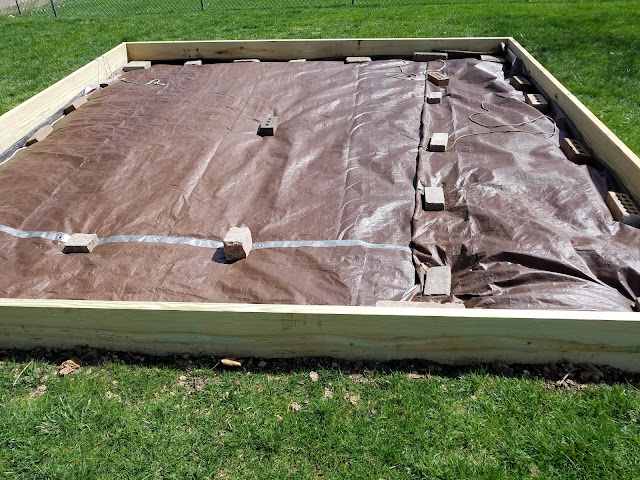

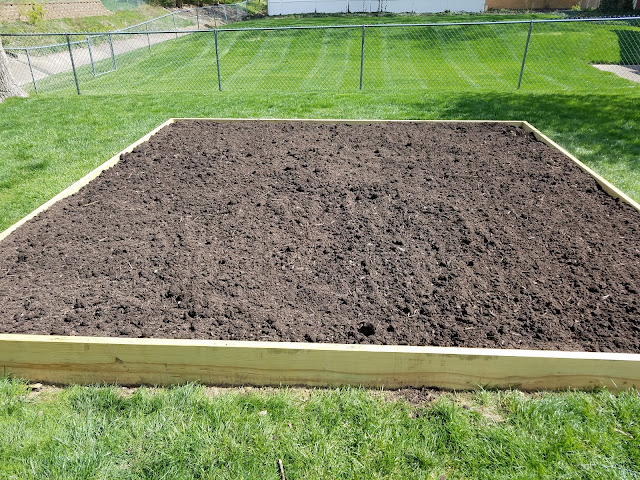
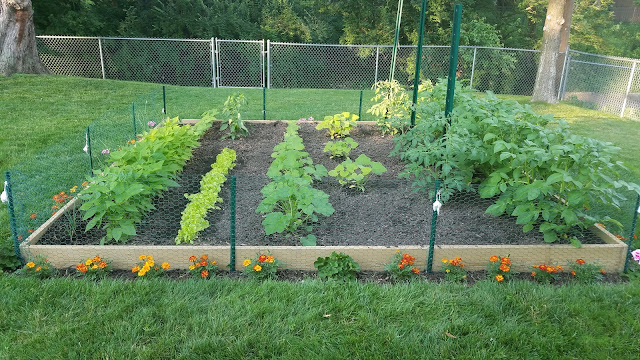
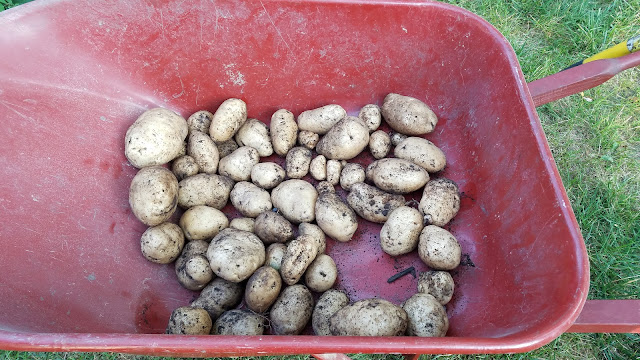






.png)
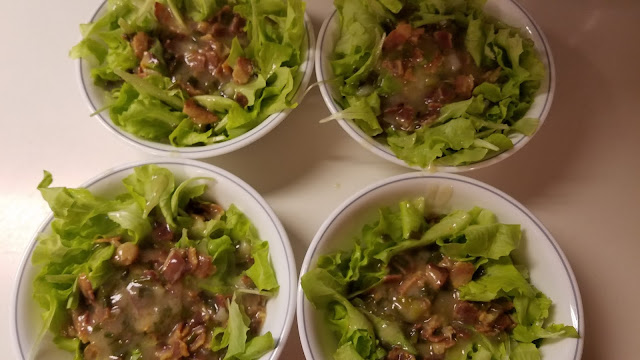
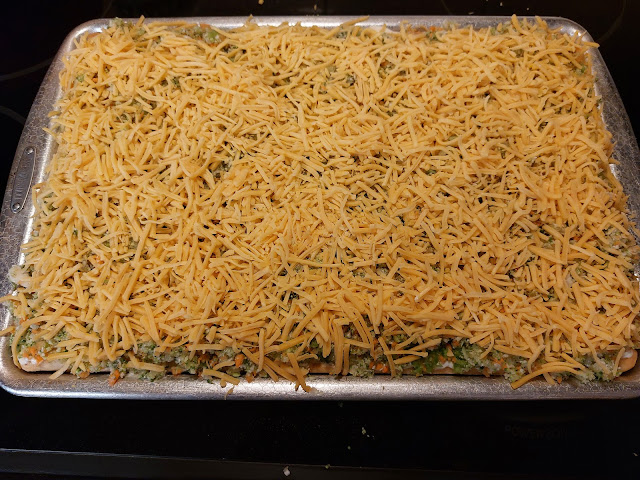
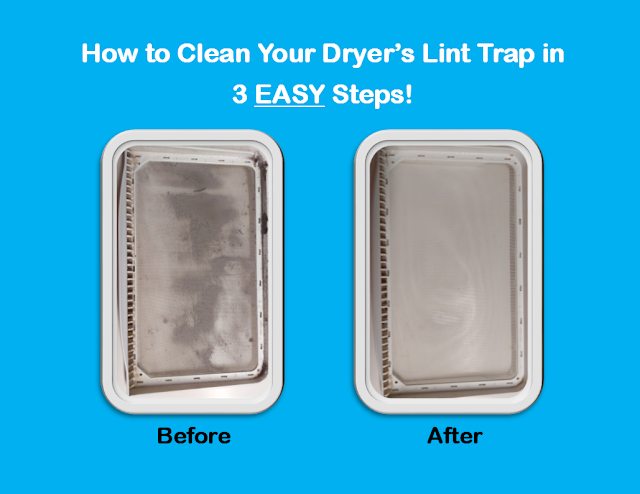
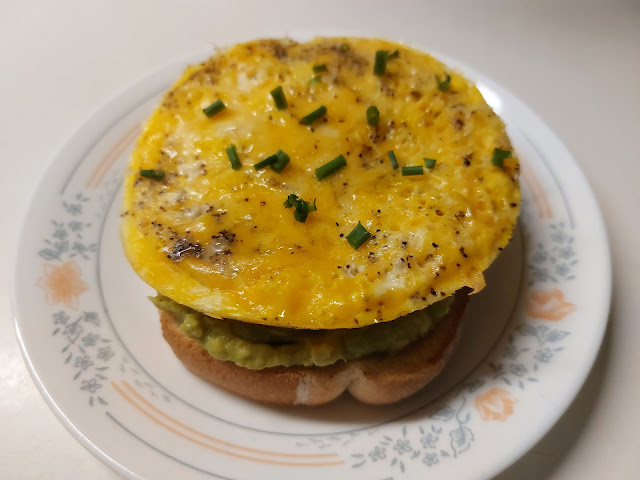

Comments
Post a Comment